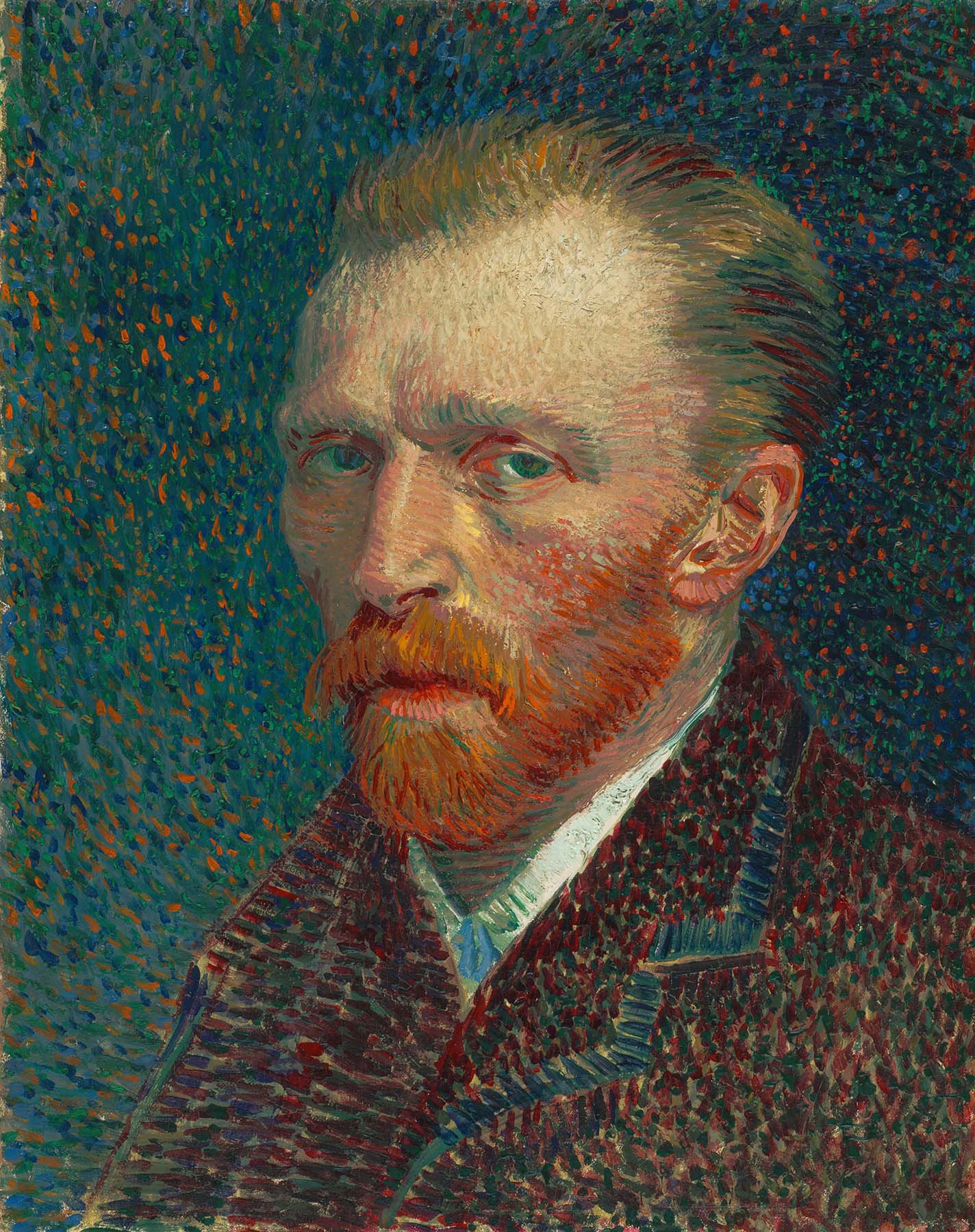Vincent van Gogh (1853-1890) was born on 30 March 1853 in Zundert, a village in the southern province of North Brabant. Little is known about Vincent early years other than that he was a quiet child with no obvious artistic talent, Vincent van Gogh (1853-1890) himself would later look back on his happy childhood with great pleasure. At sixteen he began working at the Hague gallery of the French art dealers Goupil et Cie., in which his uncle Vincent was a partner.
When van Gogh decided to become an artist, no one, not even himself, suspected that he had extraordinary gifts. His evolution from an inept but impassioned novice into a truly original master was remarkably rapid. He eventually proved to have an exceptional feel for bold, harmonious color effects, and an infallible instinct for choosing simple but memorable compositions.
Vincent van Gogh (1853-1890) was born on 30 March 1853 in Zundert, a village in the southern province of North Brabant. Little is known about Vincent early years other than that he was a quiet child with no obvious artistic talent, Vincent van Gogh (1853-1890) himself would later look back on his happy childhood with great pleasure. At sixteen he began working at the Hague gallery of the French art dealers Goupil et Cie., in which his uncle Vincent was a partner.
When van Gogh decided to become an artist, no one, not even himself, suspected that he had extraordinary gifts. His evolution from an inept but impassioned novice into a truly original master was remarkably rapid. He eventually proved to have an exceptional feel for bold, harmonious color effects, and an infallible instinct for choosing simple but memorable compositions.
In order to prepare for his new career van Gogh went to Brussels to study at the academy, but left after only nine months. There he got to know Anthon van Rappard, who was to be his most important artist friend during his Dutch period. At the end of 1881 he moved to The Hague, and there, too, he concentrated mainly on drawing. Van Gogh made a few paintings while in The Hague, but drawing was his main passion. In 1885, feeling the need for a proper artistic training, Van Gogh enrolled at the academy in Antwerp. He found the lessons rather tedious, but was greatly impressed by the city and its museums. In early 1886 Van Gogh went to live with his brother in Paris. There, at last, he was confronted with the full impact of modern art and especially with the recent work of the Impressionists Claude Monet, Paul Cezanne, Edouard Manet and postimpressionists Paul Gauguin. Within two years van Gogh had come to terms with the latest development and had forged his own, highly personal style.
Toward the end of the year, however, his optimism was rudely shattered by the first signs of his illness, a type of epilepsy that took the form of delusions and psychotic attacks. It was during one of those seizures that he cut off his left earlobe. Gauguin make a hasty departure and Van Gogh's dreams of an artist's colony disappeared.
In April 1889 he went to nearby Saint-Remy, where he entered the Saint-Paul-de-Mausole asylum as a voluntary patient. Van Gogh was unable to work where when suffering from bouts of his illness. If he felt well enough, though, he went out to draw and paint in the garden or surroundings of the asylum. His use of color, which had often been so intense in Arles, became more muted, and he tried to make his brushwork more graphic.
Life, though, had become an intolerable burden. On 27 July 1890 he shot himself in the chest. He died two days later. Theo, who had stored the bulk of Vincent's work in Paris, died six months later. His widow, Johanna van Gogh-Bonger (1862 - 1925), returned to Holland with the collection, and dedicated herself to getting her brother-in-law the recognition he deserved. In 1914, with his fame assured, she published the correspondence between the two brothers.
